Daily journals have become an essential part of my organizational process. They help me capture ideas and stay on track, and they can do the same for you. When I first started journaling, I had just entered a new job where I had complete autonomy over my day. While managing my first book contract, parenting, church activities, and friendships, I felt completely lost. My old processes were failing me, and I felt listless until I stumbled upon a video about bullet journaling, and it changed everything.
Creating your own system for organization
What so intrigued me about the process of bullet journaling was that it taught me that I could create my own system. While bullet journaling is its own defined process that you can find numerous videos and posts about online to explain, for me, it was the simple idea that I could use any old notebook to create a system for organizing my day that was exactly what I needed to hear. So, while I will discuss my specific process in this newsletter, I want you to use this as a springboard for you to build something that works for you. If something I mention sounds interesting to you, try it! If it doesn’t work, throw it out and try something else.
Analog vs. digital: The case for tactile notebooks
Why choose a tactile notebook over digital tools? While I love digital note-taking tools and plan to discuss my current favorite, Notion, in the future, there's something special about an analog notebook. It feels tangible and allows for focused thinking without the distractions of a screen, the internet, or notifications. When I write things out by hand, I somehow feel less attached to it, and more comfortable erasing it and moving on. So, whether I'm ideating or planning, I prefer capturing ideas quickly in a notebook.
So, what is my notebook process? I've developed a hybrid system that combines bullet journaling with other methods. Here's a breakdown of my approach.
Bullet journals
When it comes to bullet journaling, I am very minimalistic in my approach. I’ve tried using some of the more robust approaches others take, but it usually overwhelms me. Two weeks later, that habit tracker section I created to help stay motivated has, well, stopped being a habit.
What I have found exceptionally powerful for bullet journaling has been two things: The weekly log and the daily log.
The weekly log
The weekly log is where I capture my plans goals for the week by breaking them into four categories:
Family and friends - I think about things I want to tackle specifically related to my primary relationships. It might be a game night with friends, lunch with my wife or kids, or a reminder to call a loved one.
Work - I list out the major tasks related to my comics, YouTube, and books.
Home—I write out any major tasks I have for work around the house or general home life.
Personal - Anything I want to accomplish for myself, like reading a book, solo-playing an rpg, or going fishing.
If I know what day I want to do any of these specific tasks, I write the date in parenthesis next to the entry and enter it into the daily log.
The daily log
The daily log is the heart and soul of the bullet journaling method. It's the process that got me hooked on the method and finally helped me start to get a handle on things. It’s essentially a to-do list, but it includes a process for re-evaluating each task at the end of the day and either transferring that item to the next day or a future date or completely removing it if you feel the task is no longer needed.
Going hybrid with the Kindle Scribe
One part of the bullet journaling process that never worked for me was the concept of creating random spreads throughout the bullet journal for other topics like planning a vacation, a home project, and so on. I like one notebook for one idea. Which led to me having lots of notebooks lying around for nearly everything I was working on. Until I purchased the Kindle Scribe.
The Kindle Scribe is an e-writer tablet that allows you to create endless notebooks and organize them within the device. While it’s a digital tool, it functions like a standard notebook, where you write on the surface with a digital pen. The experience feels very close to writing on paper, with all of the benefits that a digital experience can give you. And it’s an amazing e-reader tablet, too!
Once I purchased the Kindle Scribe, I moved my bullet journal out of my notebooks and into the Scribe. I also started keeping track of notebooks for my projects, so if I am ideating on something, I open up a new notebook and start logging ideas. It also features an export feature that allows users to export their notebooks as digital text, so you can always start an idea here and move it to the computer later.
Quite simply, I love this thing and can’t recommend it enough if you like using notebooks.
Single purpose notebooks
So, I haven’t completely moved everything into my Kindle Scribe. A recent video with Cal Newport discussed the idea of using what he called “single-purpose notebooks.” The concept is that for any given project you are working on, you purchase a small pocket notebook and completely dedicate it to working on that project. This is great if you’re constantly on the go because you can throw a notebook into your pocket with a pen, and if you ever get a moment, you can use this notebook to make progress on that idea. It also means it helps you stay focused on one idea rather than potentially jumping to ANY idea you could be working on. When you finish with that project, stop using the notebook.
I started trying this out on a recent vacation and really enjoyed it. While I love my Kindle Scribe, I still do enjoy a good notebook and pen.
In closing, my notebook process is constantly evolving. However, I hope sharing current my processes with you inspires you to create your own system. Whether it's a bullet journal, a digital tool like the Kindle Scribe, or single-purpose notebooks, the key is finding what works for you.
Try new things, adapt, and see what sticks. Happy journaling!
What I’m digging
Chiron’s Doom by Nick Bate
This is a journaling RPG that can be played solo or co-op, where you create a group of explorers/researchers who set out to discover the secrets of a strange structure that has mysteriously appeared. If you like stories like 2001: A Space Odyssey or Annihilation, you’ll enjoy this game. Once again, I can’t praise tools like this enough. If you’re a writer who wants to have something to inspire you, sit down and start writing; games like this can help you get started writing and stay surprised until the very end.
Speed Reading: Learn to Read a 200+ Page Book in 1 Hour by Kam Knight
I am a super slow reader, and it keeps me from enjoying reading as much as I could, especially novels. So I decided to start learning to improve in this area by learning to speed read. This book has some helpful tips so far, and I look forward to seeing if it can help me improve.
Story or Die by Lisa Cron
A book that examines why stories cause people to take action and change. It’s been an incredibly insightful read that I found helpful not only for my book writing but also for the kind of writing I do in user experience content strategy. If you enjoy stories and want to learn how they can affect people, I highly recommend checking it out.
Michael Regina is the author and illustrator of the all-ages horror graphic novel The Sleepover and Adamsville trilogy.


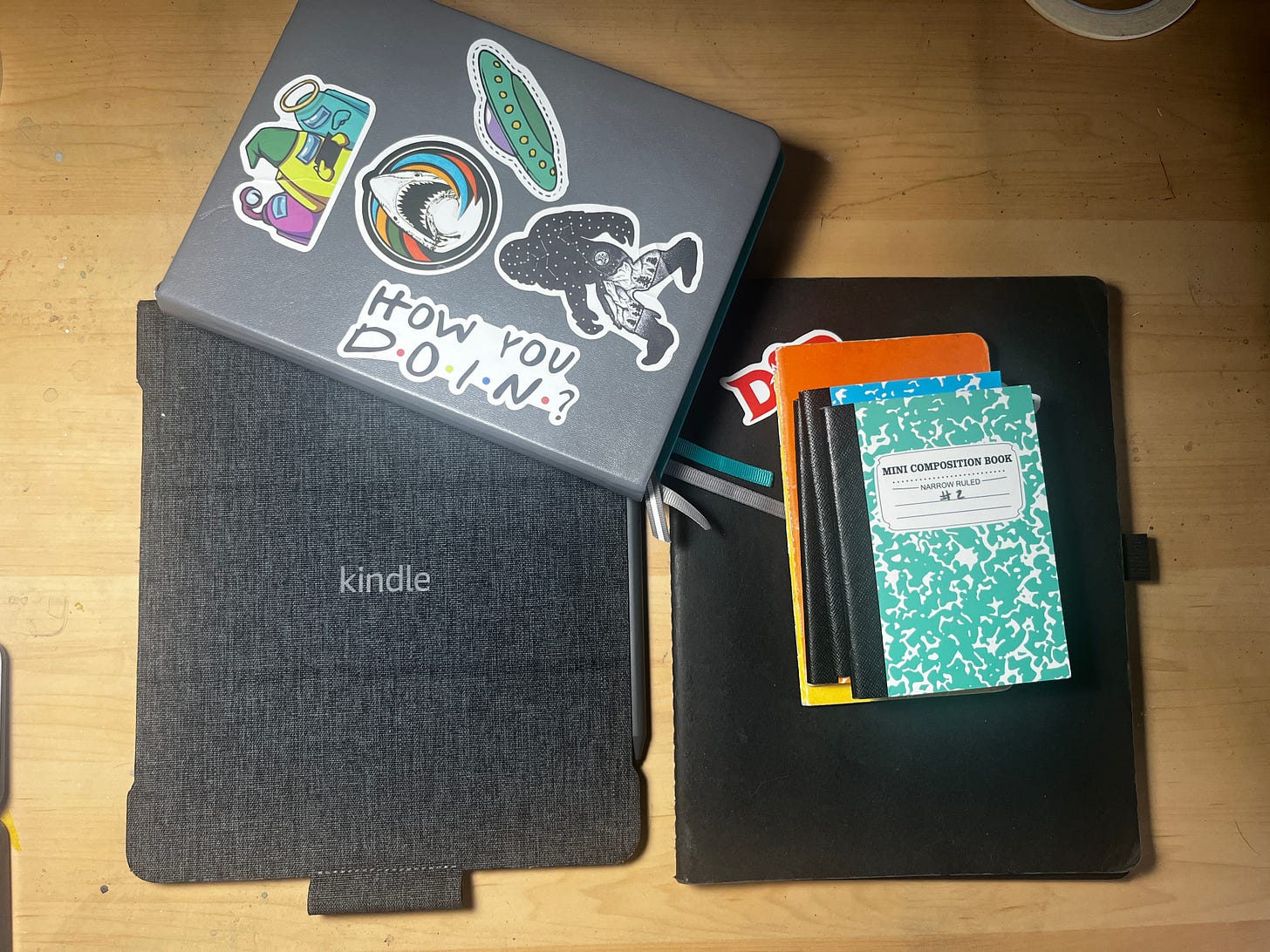
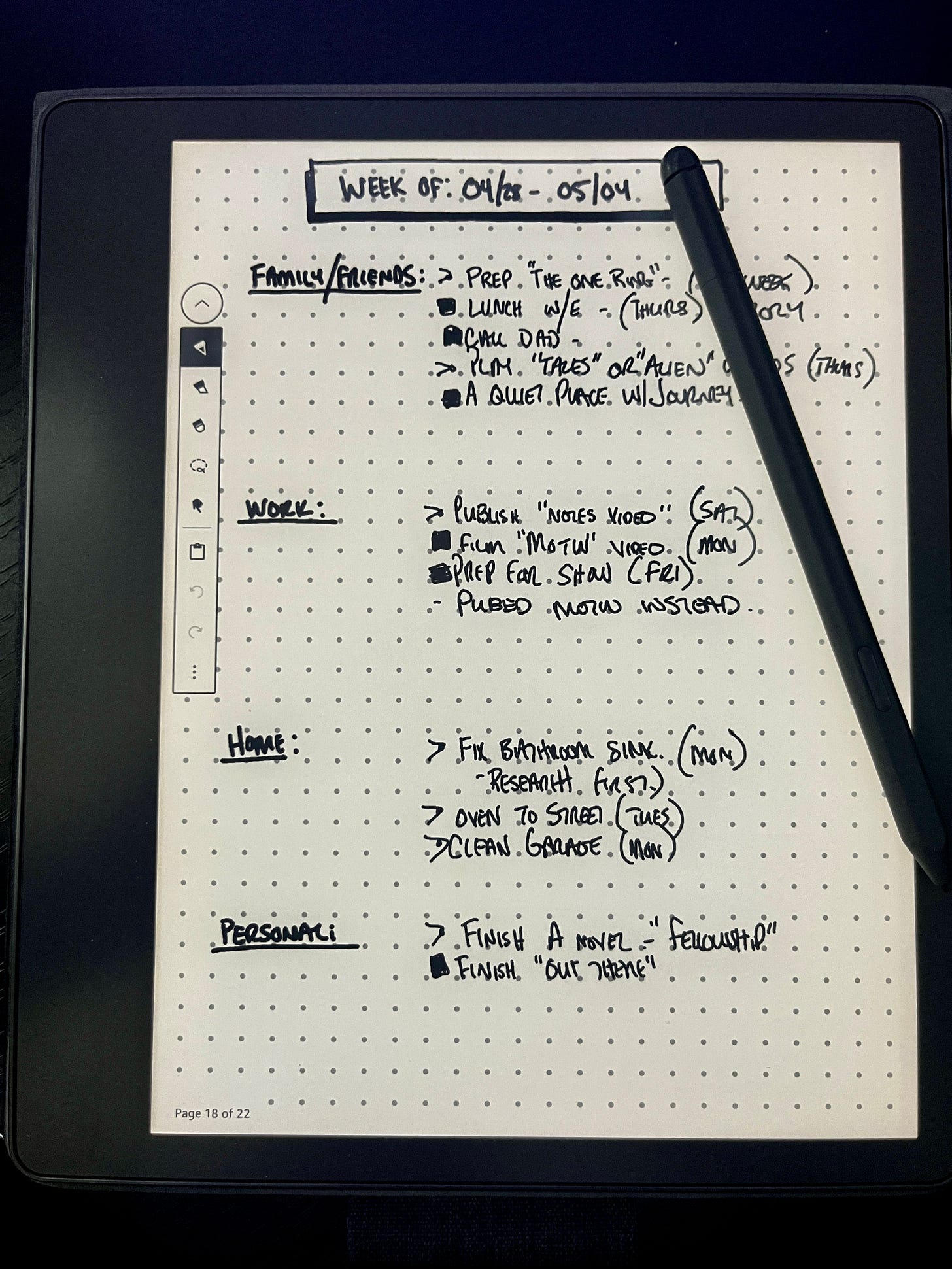
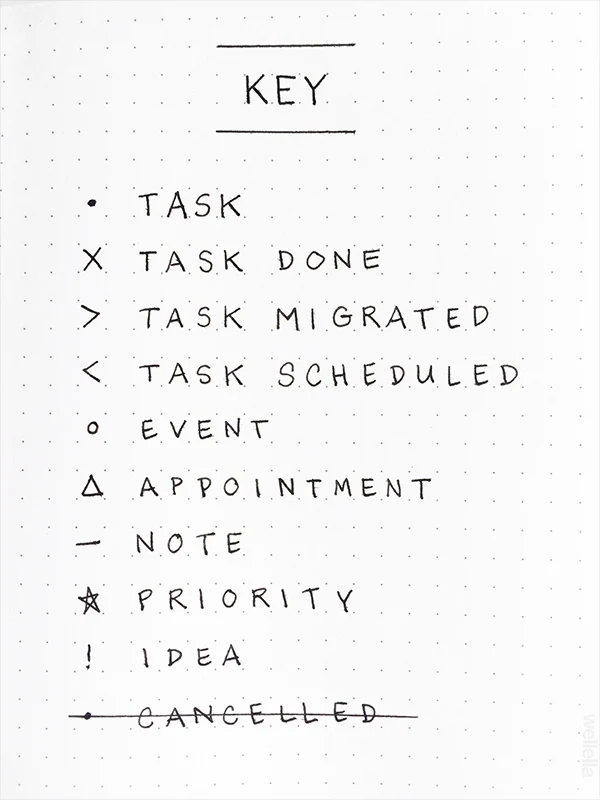

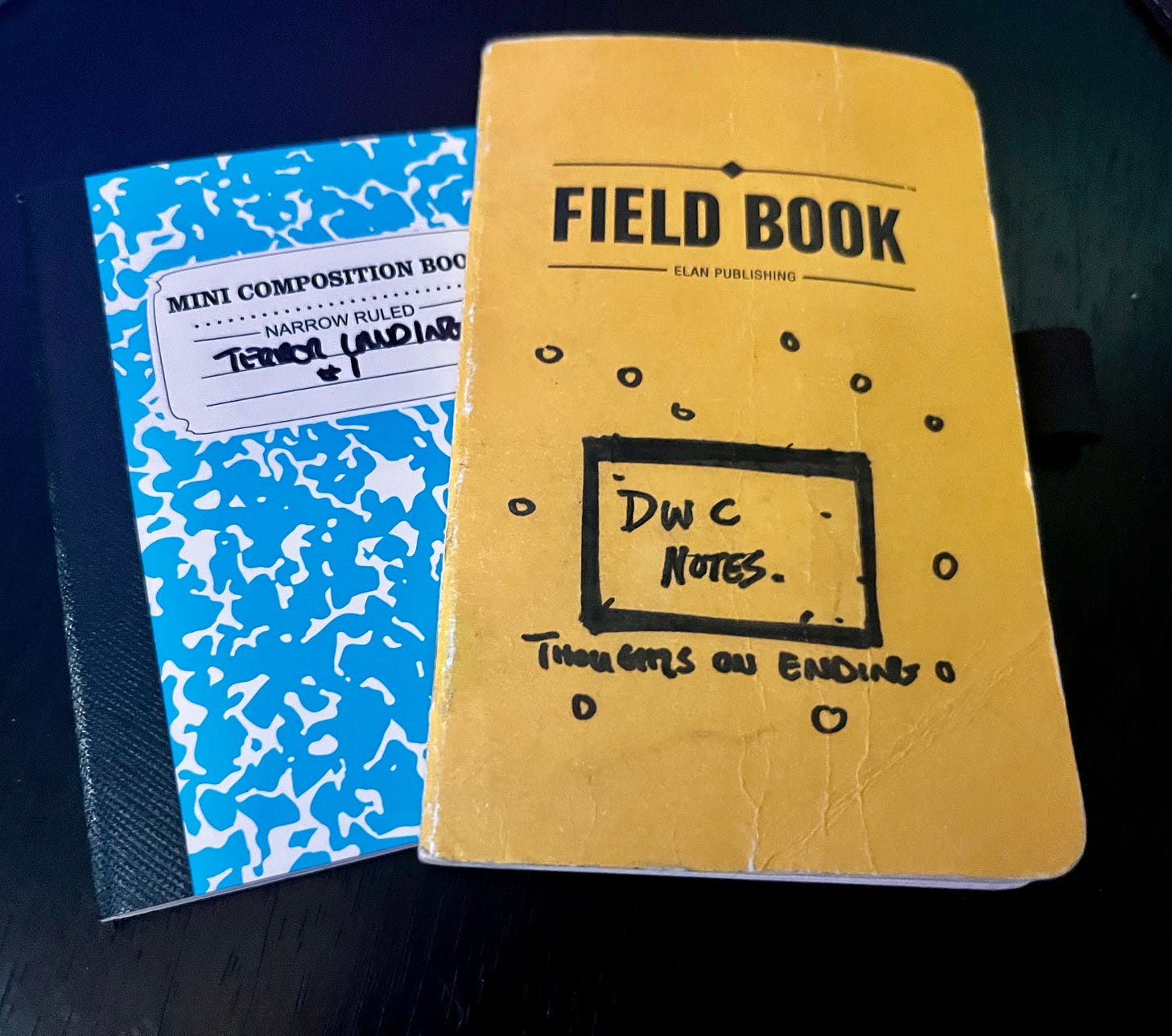

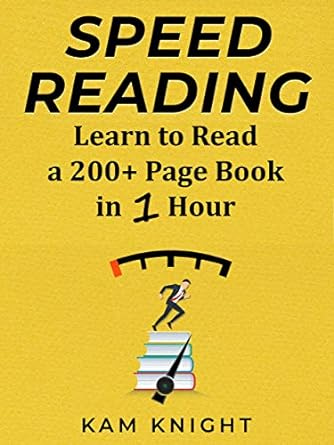
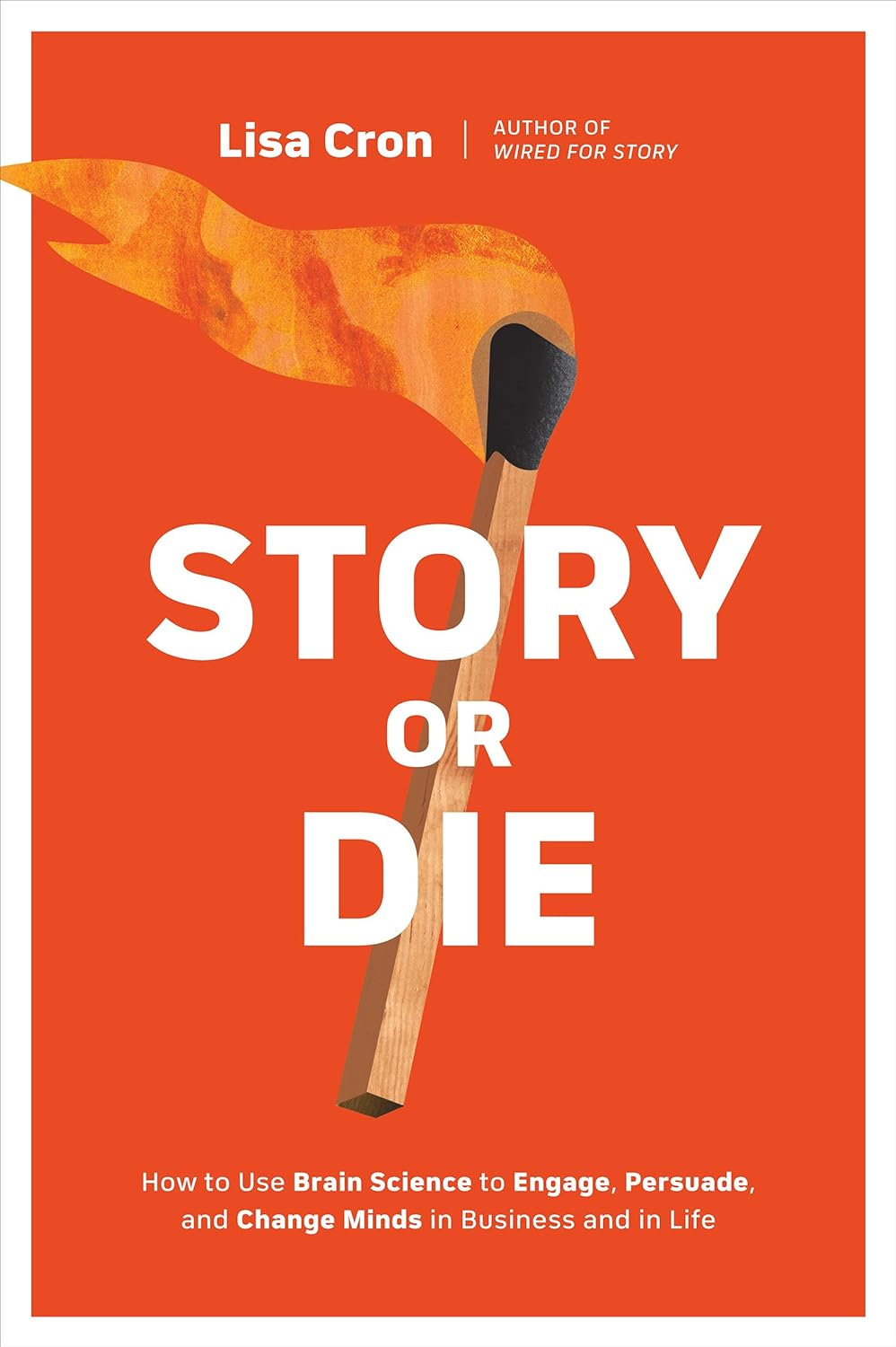
This is my year of focus and as a 9-5 worker, knowing how to log and plan my creative time has been wonderful. Thank you for sharing your tools and lets see what comes up next!